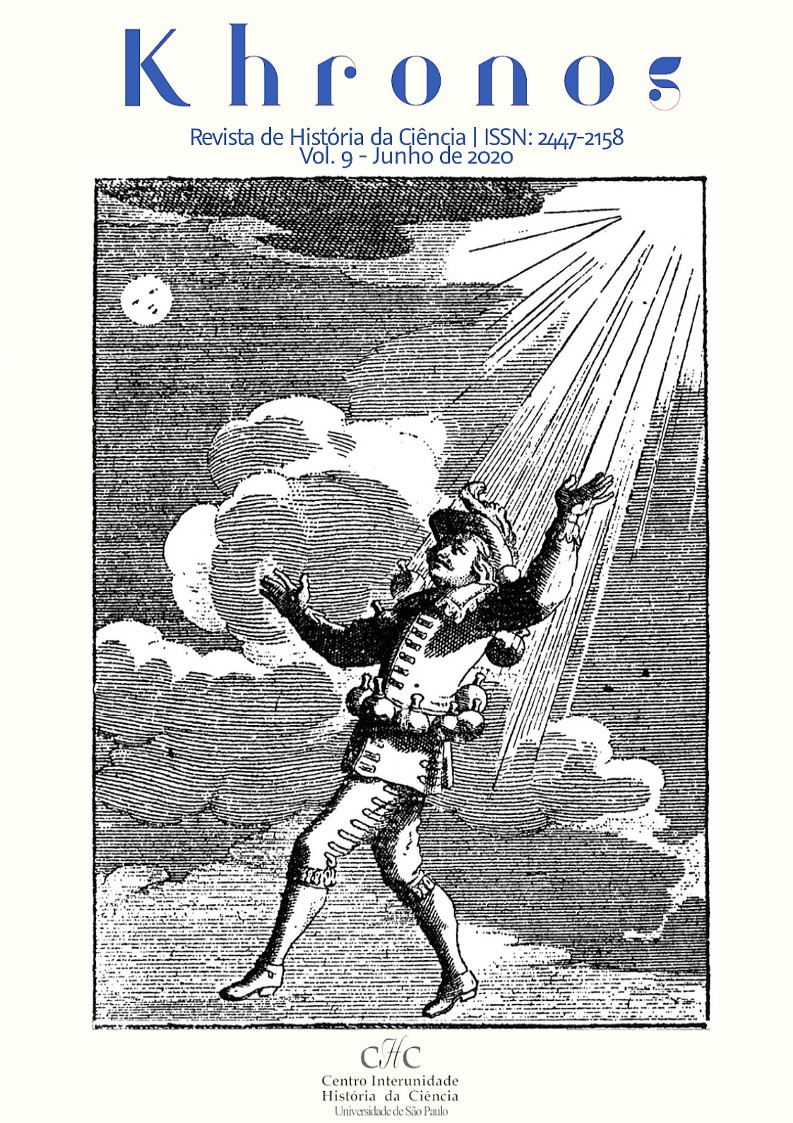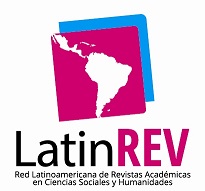Fact as fiction
Retelling the sciences, in the USA of the early 20th century
DOI:
https://doi.org/10.11606/khronos.v0i9.171779Keywords:
Imagination, Future, Sciences, Science fiction, Scientific divulgationAbstract
Whether writing a poem or writing a novel, these were considered to be the highest human activities until the early 20th century. Along with poets, scientists would have no place. Thanks to the association between materialist philosophy and scientists - considered to be people without imagination - there was a certain disgust in the sciences on the part of literary people. The post-war USA saw the need to unify these two cultures - the same ones pointed out in the 1950s by the English physicist and novelist C. P. Snow. The tension scenario and this need for unification contributed to slowly changing the way the specialized press communicated science to the public: instead of numbers and equations, metaphors, futuristic speculations were incorporated as part of journalistic routines. This was the context in which the editor and writer Hugo Gersnsback launched the pulp magazine “Scientifiction” Amazing Stories, whose first edition was published in April 1926. With the motto “Fiction today, fact tomorrow”, the magazine proclaimed the power of scientific facts and imagination to reconcile sciences and literature, in a process in which several communities and institutions are involved in the formation of a scientific culture, in accordance with the proposal of the scientific culture spiral of the linguist and science disseminator Carlos Vogt.
Downloads
Downloads
Published
Issue
Section
License
Authors who publish in this journal agree to the following terms:
- Authors retain the copyright and grant the journal the right to first publication, with the work simultaneously licensed under the Creative Commons Attribution License in the "Attribution-NonCommercial 4.0 International" (CC BY-NC 4.0) modality that allows sharing of the work with acknowledgment of authorship and initial publication in this magazine.
- Authors are authorized to assume additional contracts separately, for non-exclusive distribution of the version of the work published in this journal (eg, publishing in institutional repository or as a book chapter), with acknowledgment of authorship and initial publication in this journal.
- Authors are allowed and encouraged to publish and distribute their work online (eg in institutional repositories or on their personal page) at any point before or during the editorial process, as this can generate productive changes, as well as increase impact and citation of the published work (See The Effect of Open Access).
- Any doubts or complaints about copyright must be directed to the Editorial Board or qualify and express themselves in accordance with the guidelines of the Committee on Publications Ethics (COPE).





